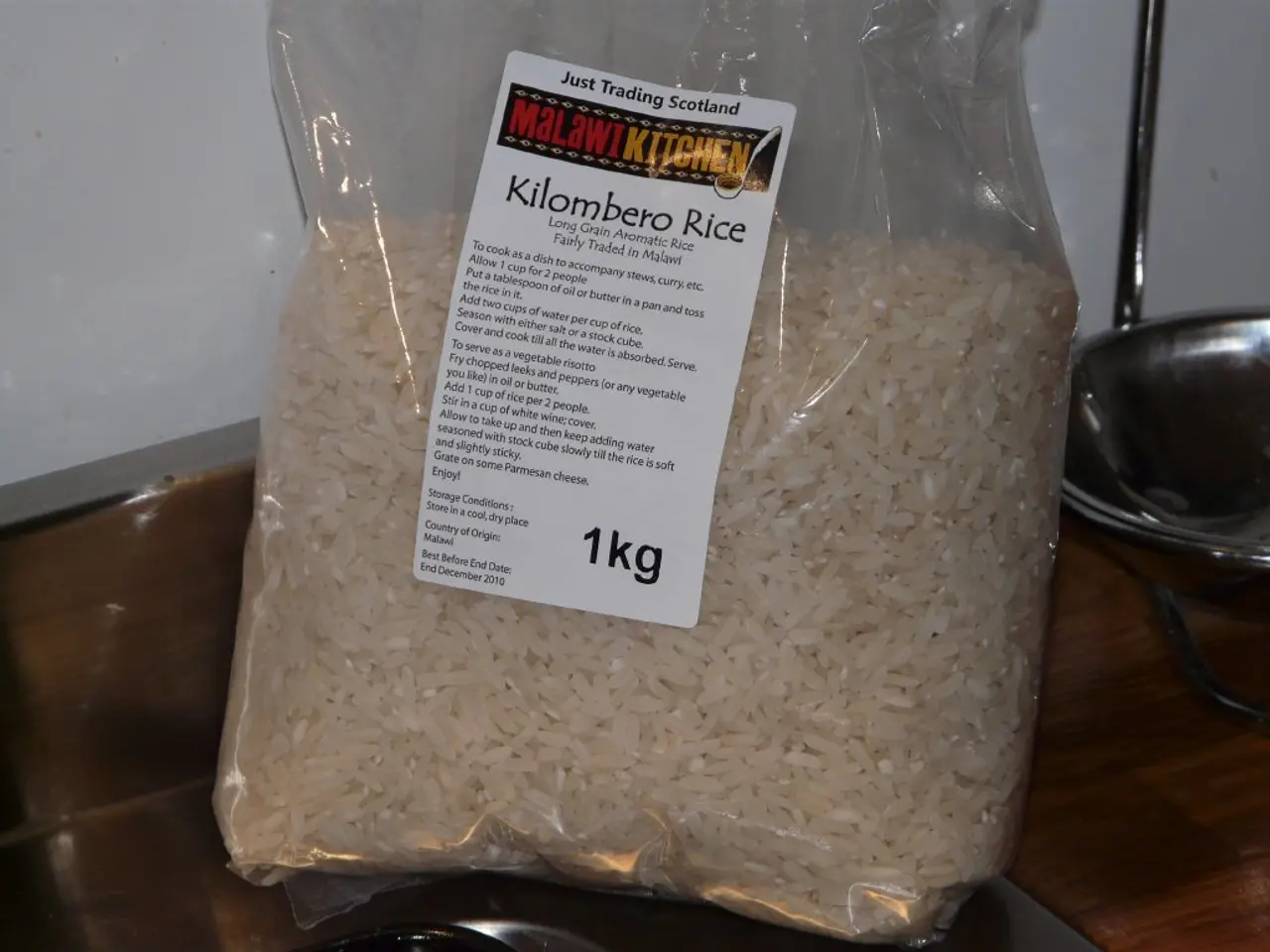Ensuring the availability of durable resources is crucial for overcoming the difficulties faced by artisan communities in HN.
In the heart of Vietnam, known as the 'land of a hundred crafts', Hanoi is home to the largest number of traditional craft villages. However, one of the most persistent issues faced by these villages is the lack of a stable supply of raw materials, particularly in the ceramics industry.
The ceramics industry relies heavily on specialised raw materials such as fire clay, kaolin, feldspar, and quartz. Unfortunately, domestic materials largely cater to the low-end segment due to inadequate extraction, processing, and classification. As a result, many producers are forced to import raw materials from India or China, a situation that has led to jokes about the clay being "mixed with rice" due to improper separation during extraction.
To address these challenges, proposed solutions focus on restructuring the supply chain and strengthening regional cooperation. Key proposals include building close connections between raw material source provinces and craft villages in Hanoi, investing in processing facilities for quality raw materials, organizing regular trade fairs and conferences, signing cooperation agreements, improving logistics infrastructure and zoning, and diversifying raw material sourcing.
Encouraging long-term supply contracts between mineral extraction enterprises and handicraft producers can secure stable inputs and reduce dependence on fluctuating intermediaries. The Vietnam Ceramics Association plans to invest in a processing plant to supply high-quality raw materials domestically, reducing reliance on costly imports. Regular trade fairs and conferences facilitate direct linking of suppliers and craft villages, enabling better negotiation, quality control, and stable supply of materials.
Signing cooperation agreements between enterprises and craft village associations can enhance supply chain reliability. Improving logistics infrastructure and zoning helps lower logistics costs and ensure sustainable sourcing. Diversifying raw material sourcing by better exploiting and managing local resources can reduce reliance on scarce or imported materials.
These combined approaches aim for a holistic supply strategy that enhances quality, controls costs, and fosters sustainable development for Hanoi's ceramics and other handicraft industries.
Elsewhere, the bamboo and rattan weaving sector also faces challenges, particularly poor transport infrastructure that drives up logistics costs and inflates product prices. A need for well-planned, high-quality raw material zones is emphasized to provide sustainable, self-sufficient material sources for producers.
The Ha Noi Handicraft and Craft Village Association recommends targeted programs for specific industries to connect suppliers and craft village enterprises. The Ministry of Agriculture and Environment has mentioned the importance of zoning for raw material sources repeatedly, but there are many shortcomings in the current zoning system.
In conclusion, by implementing these proposals, Hanoi's craft villages can look forward to a future with a stable and sustainable supply of raw materials, leading to higher-quality, value-added products with distinctive appeal, and fostering commercial opportunities.
- The ceramics industry in Hanoi struggles with a consistent supply of raw materials, particularly fire clay, kaolin, feldspar, and quartz, due to insufficient domestic production.
- To combat this issue, proposed solutions include building connections between raw material source provinces and Hanoi's craft villages, investing in processing facilities, and diversifying sourcing.
- The Vietnam Ceramics Association intends to invest in a processing plant to produce high-quality raw materials domestically, reducing reliance on imports.
- Regular trade fairs and conferences enable direct links between suppliers and craft villages, ensuring better negotiation, quality control, and stable supply of materials.
- In addition, the bamboo and rattan weaving sector also experiences challenges, such as high logistics costs due to poor transport infrastructure.
- To address this, the Ha Noi Handicraft and Craft Village Association suggests targeted programs for specific industries to connect suppliers and craft villages.
- The Ministry of Agriculture and Environment stresses the importance of zoning for raw material sources, but the current zoning system has many shortcomings. These approaches aim for sustainable and cost-effective raw material supply strategies for Hanoi's craft villages.




